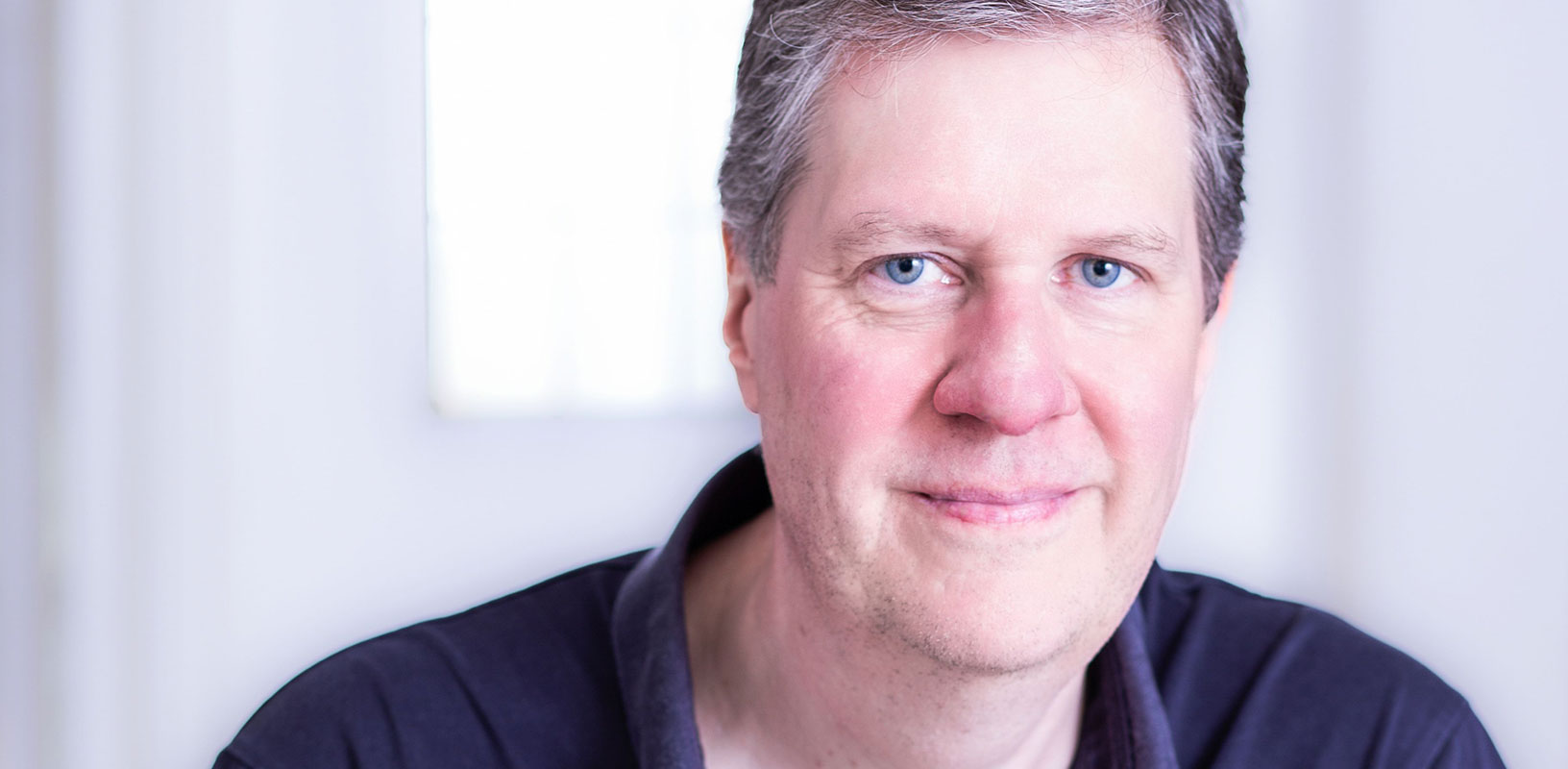An introduction to the music of Lloyd Moore

The music of British composer Lloyd Moore is characterised by poetry, invention and craftsmanship. A selection of his chamber and choral works is now published by Boosey & Hawkes.
Lloyd Moore (b.1966) began composing at the age of eleven after being exposed to the music of Debussy and Stravinsky at school. Initially self-taught, he later studied composition at Trinity College of Music, where he received a Fellowship Diploma as well as the Chappell Prize for Composition and the Ricordi Prize for Conducting, and at King's College London, where he graduated with a Master's degree with distinction. His teachers included Simon Bainbridge and George Benjamin. His first major success was Divine Radiance for large ensemble: the piece was premiered by the London Sinfonietta at London's Queen Elizabeth Hall in 1999 to critical acclaim.
Rooted in 20th century modernism, Moore's non-doctrinaire musical style is characterised by lyricism, harmonic originality and expanded tonality. His works have been programmed and broadcast by many prominent performing groups, including the BBC Symphony Orchestra, Philharmonia Orchestra and London Sinfonietta. A number of chamber and choral works have been published by Boosey & Hawkes, including the following:
Airs and Arabesques (2015) for solo clarinet
Composed for clarinettist Peter Cigleris, whose interpretation can be heard on YouTube, each of the five contrasting movements "immediately grasping the attention with the memorability of its ideas ... this solo piece too could become a repertory piece - it has real quality” (David Matthews, Musical Opinion). Special effects or techniques are eschewed, instead the core qualities of the instrument are fully exploited. The 'task' of diversely stretching a melodic solo instrument over a large, almost quarter-hour-long arch is fulfilled brilliantly, densely and in a completely natural way.
Three Part Invention (2005) for violin and piano
Everything in this 12-minute piece, commissioned by the Hampstead and Highgate Festival, grows out of three bell-like opening chords. The number ‘three’ plays the decisive role harmonically, melodically and structurally. The composer develops a highly energetic play from the tightly limited material, which challenges the stamina and virtuosity of both performers – a free fantasy with "powerful theatrical effect ... a successful and mind-lingering piece" (Kenneth Carter, Classical Source) and a “nicely turned ending, half quizzical, half-ironic” (Nick Kimberley, Evening Standard).
Fragments from a lost Sonata (1999) for solo cello
A 10-minute work, virtuosic in part: it grew outwards from what is now the middle movement, first written as a single piece: "I always imagined it," says the composer, "as a fragment or off-cut from a potentially larger work (perhaps the ‘scherzo’) ... I then wrote two other movements, which together with the existing one, seemed to form a miniature sonata without finale." An imagined associated piano part could seem to have been 'lost', as if only the cello part has been preserved with its implied harmonies.
When I Have Fears (2017) for mixed five-part choir a cappella
The Promise of Sleep (2018) for mixed choir a cappella
Lloyd Moore is also at home in writing music for voices. These two short, melancholic and atmospheric pieces are in the best British choral tradition and, complementing each other, look at the theme of death from different perspectives. While John Keats' famous sonnet deals with the painful futility of our striving and longing, Amy Levy's verses speak of the consolation offered by sleep and final rest after earthly toil and sorrow.
Suite for piano (2009/2013, rev. 2019)
This 15-minute solo suite for piano is formed from five short constituent movements: a Praeludium sets out most of the musical material to be developed in the subsequent movements. This is followed by a Scherzino, originally commissioned by BBC Radio 3 to mark Mendelssohn's anniversary year in 2009, a Canzona written exclusively in the treble register and an Intermezzo over an ostinato bass. A Toccata forms the virtuosic finale which near its close harks back to the opening Praeludium. "Highly chromatic, virtuoso music that created its own unique sound-world and took the audience on a short, idiosyncratic and tempestuous journey” (Symon Clarke, British Music Society Journal).
As well as working as a composer, Lloyd Moore is also well known to friends of the music publisher Boosey & Hawkes as an editor, publisher or arranger: for many years he has applied tireless and skilled services to scores by Harrison Birtwistle, Benjamin Britten, Unsuk Chin, HK Gruber, Igor Stravinsky and many others.
> Website of the composer with biography, work details and numerous audio samples
> Complete works by Lloyd Moore at Boosey & Hawkes
Photo: Lloyd Moore (© Henrietta Garden)
